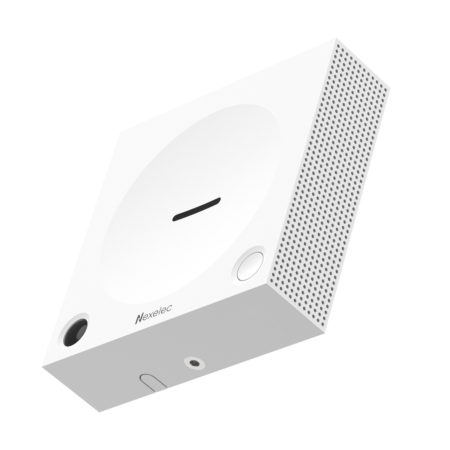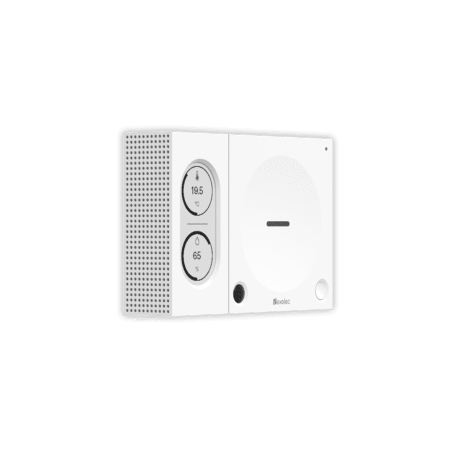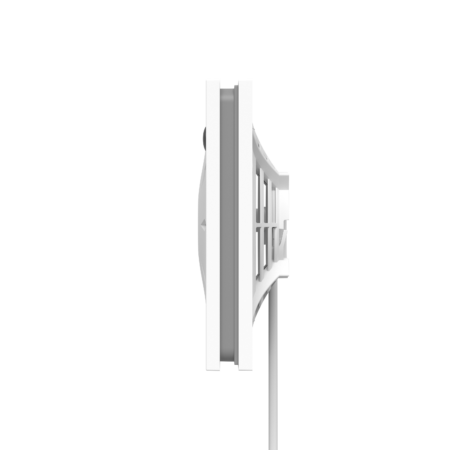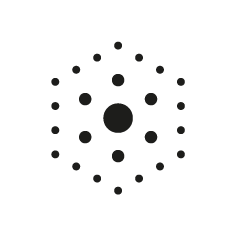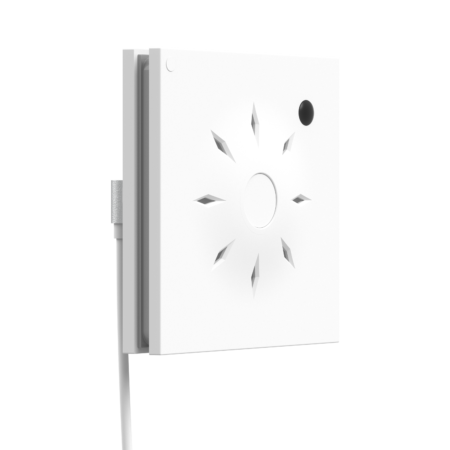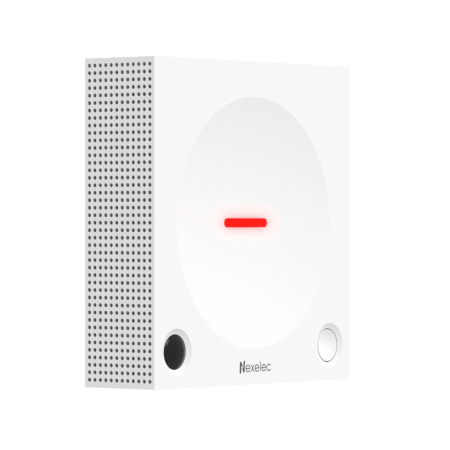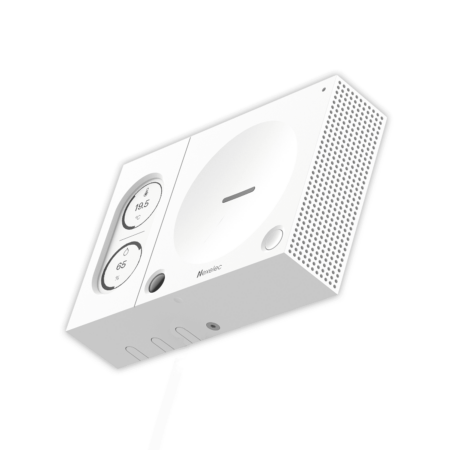-
MOVE
5-in-1 room sensor
-
Temperature
-
Humidity
-
Noise
-
Brightness
-
Presence
-
-
MOVE+
5-in-1 room sensor
-
Temperature
-
Humidity
-
Noise
-
Brightness
-
Presence
-
-
SIGN
7-in-1 room sensor
-
Temperature
-
Humidity
-
Carbon Dioxide (CO2)
-
Volatile Organic Compounds (VOCs)
-
Noise
-
Brightness
-
Presence
-
-
SIGN+
7-in-1 room sensor
-
Temperature
-
Humidity
-
Carbon Dioxide (CO2)
-
Volatile organic compounds (VOCs)
-
Presence
-
Noise
-
Brightness
-
-
SENSE
9-in-1 room sensor
-
Temperature
-
Humidity
-
Carbon Dioxide (CO2)
-
Volatile Organic Compounds (VOCs)
-
Noise
-
Brightness
-
Presence
-
Atmospheric pressure
-
Particulate Matter (PM1, PM2.5, PM10)
-
-
SENSE+
9-in-1 room sensor
-
Temperature
-
Humidity
-
Carbon Dioxide (CO2)
-
Volatile organic compounds (VOCs)
-
Noise
-
Brightness
-
Presence
-
Atmospheric pressure
-
Fine particulates (PM1, PM2.5, PM10)
-
-
ATMO
10-in-1 room sensor
-
Temperature
-
Humidity
-
Carbon Dioxide (CO2)
-
Volatile Organic Compounds (VOCs)
-
Noise
-
Brightness
-
Presence
-
Atmospheric pressure
-
Particulate Matter (PM1, PM2.5, PM10)
-
Formaldehyde (HCHO)
-
-
ATMO+
10-in-1 room sensor
-
Temperature
-
Humidity
-
Carbon Dioxide (CO2)
-
Volatile organic compounds (VOCs)
-
Noise
-
Brightness
-
Presence
-
Atmospheric pressure
-
Fine particulates (PM1, PM2.5, PM10)
-
Formaldehyde
-
-
WAVE
5-in-1 room sensor
-
Temperature
-
Humidity
-
Carbon Dioxide (CO2)
-
Luminosity
-
Presence
-
-
WAVE+
5-in-1 room sensor
-
Temperature
-
Humidity
-
Carbon Dioxide (CO2)
-
Brightness
-
Presence
-
Light at work: Productivity, well-being and energy savings!
Ambient lighting is an essential element in all working environments, as it plays a central role in employee productivity, concentration and well-being. Good lighting can boost our energy, improve our mood and reduce eyestrain.
Brightness management and detection of lights left on unnecessarily also help to achieve significant energy savings. Intelligent lighting systems combined with light sensors reduce electricity consumption, resulting in economic benefits and a smaller carbon footprint.
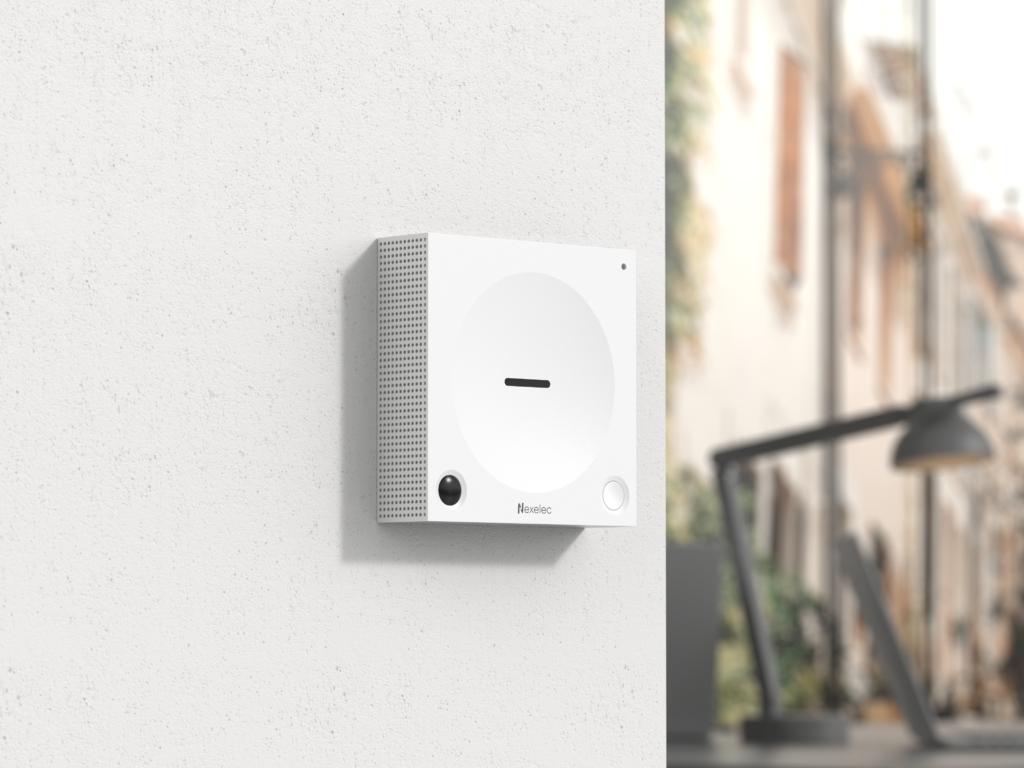
Frequently Asked Questions
Our experts answer your questions
Depending on the model, products offer lighting and energy optimization, acoustic monitoring, space and safety management, and automation scenario options.
There are several ways to improve light levels:
Maximize natural light: make the most of natural light by positioning desks close to windows and using skylights where possible. Natural light helps regulate our circadian rhythm and raises our alertness level.
Choose the right artificial lighting: if you need artificial lighting, opt for energy-efficient LED bulbs, which provide white, natural light. Make sure, too, that light intensity is adjustable to suit different tasks and individual preferences.
Avoid glare and reflections: computer screens can generate annoying glare and reflections. Use blinds, anti-glare filters or adjust screen orientation to minimize these distractions and reduce eyestrain
Provide well-lit break areas: pay particular attention to the brightness of break and relaxation areas. Well-lit areas promote relaxation and help reduce occupant stress. Consider using soft, warm lighting to create a soothing atmosphere.
Ensure even lighting throughout the space: make sure lighting is evenly distributed throughout the interior space to avoid dark or overexposed areas. Uniform lighting helps maintain a pleasant, balanced atmosphere
NEXELEC brightness sensors help to achieve comfort objectives in interior spaces.
In any indoor environment, lighting plays a crucial role in the productivity, concentration and well-being of occupants. Good lighting can boost energy, improve mood and reduce eyestrain.
Measuring brightness is therefore essential to guarantee the visual comfort, safety, energy efficiency and functionality of interior spaces.
1,000+ customers
Local authorities, landlords, and businesses








